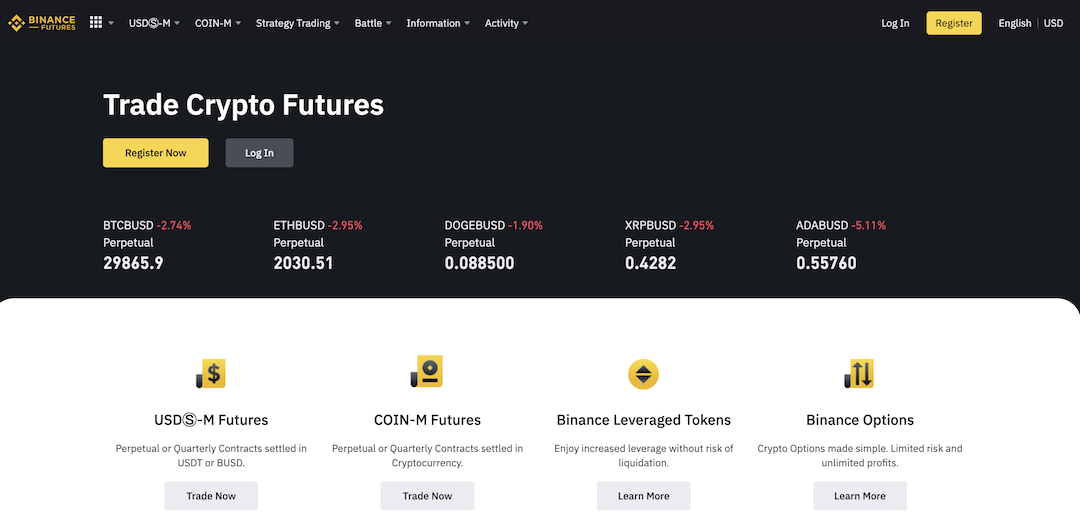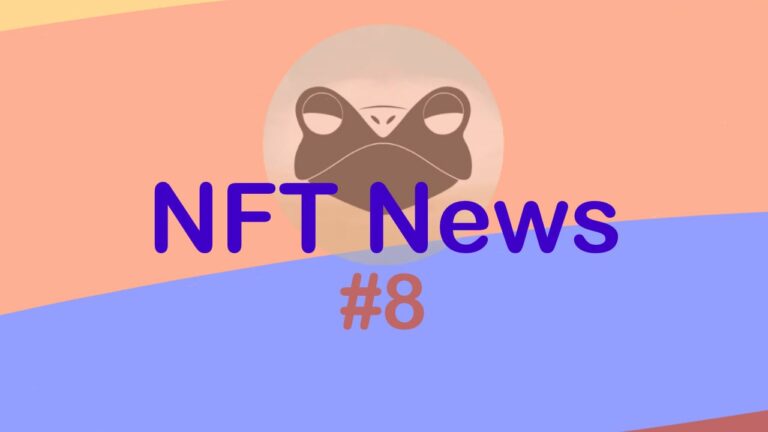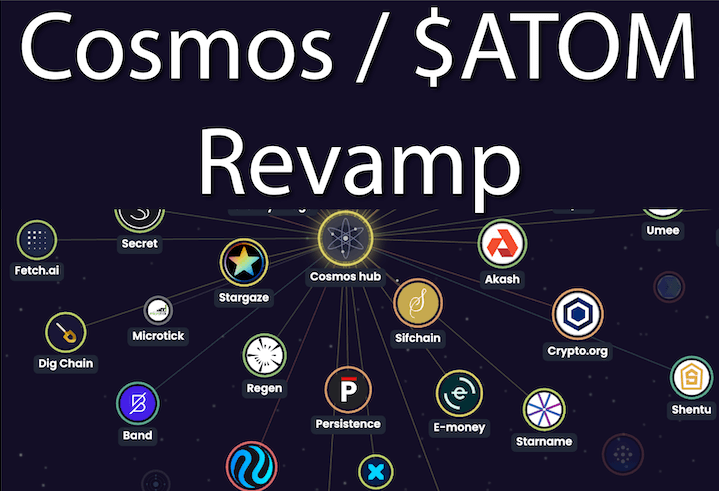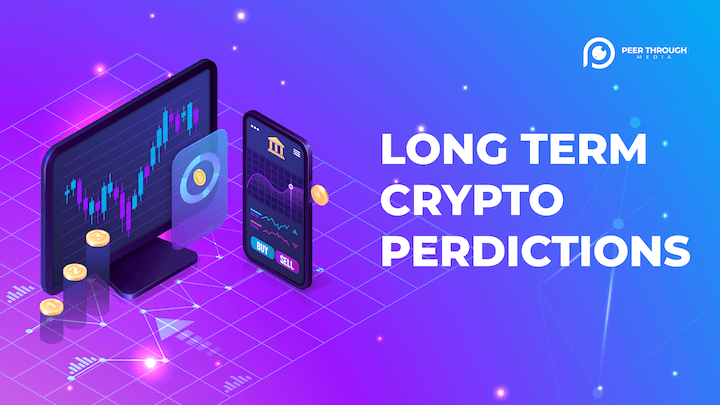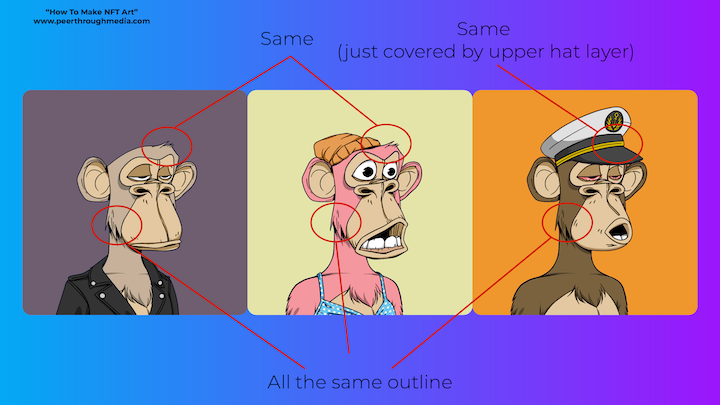Trading Binance Futures in 2022
Launched by the Binance exchange in September 2019, Binance Futures is a cryptocurrency trading platform that allows Binance.com users to trade a variety of cryptocurrencies and derivitives with leverage of up to 125x.
Binance Futures offers a number of benefits to users, including high liquidity, low fees, and a user-friendly interface. The platform also offers a number of features that are designed to help users manage their risks, such as stop-loss orders and margin calls.
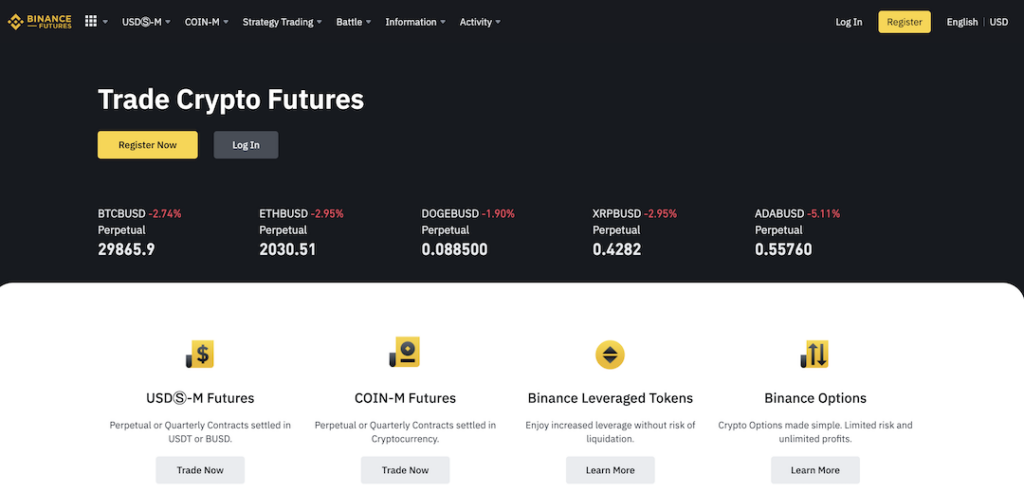
What is Binance?
Binance is a cryptocurrency exchange founded in 2017 and headquartered in Malta. It has grown rapidly since its launch and is now one of the largest cryptocurrency exchanges in the world.
The exchange offers a wide range of features, including a spot exchange, margin trading, derivatives, and a centralized crypto wallet. Binance also has its own native cryptocurrency, Binance Coin (BNB), which is used to pay fees on the exchange.
Binance has a strong focus on security and has implemented a number of measures to protect user funds, including 2-factor authentication and a risk management system.
What are Futures?
Cryptocurrency futures are contracts that allow investors to bet on the price of a digital asset at a future date. These contracts can be used to hedge against price movements or to speculate on the direction of the market. Cryptocurrency futures are traded on exchanges and can be settled in cash or in the underlying asset.
Cryptocurrency futures have been met with mixed reactions from the crypto community. Some believe that they will help to bring more legitimacy to the market, while others are concerned that they could be used to manipulate prices.
The market is still very young and volatile, and there is no guarantee that any particular contract will be successful. This makes cryptocurrency futures a risky investment so they should only be considered by experienced traders.
Currently, Binance Futures allows for two types of futures contracts, COIN-margined and USDⓈ-margined that cover its two flagship futures products: Perpetual Futures, and Quarterly Futures.
Let’s discuss the flagship products first.

Related Article: Kucoin Trading Bot – Tips for Getting Started
Binance Perpetual Futures
As the name suggests, perpetual futures contracts don’t have an expiration date. Because of that, a mechanism is needed to ensure the convergence of index prices and futures prices on a regular basis. And the solution is Funding Rate/Fees.
These are periodic payments to traders that are short or long depending on the variation between spot prices and perpetual contract markets. So, traders either pay or receive funding based on the open positions.
For example, as Ethereum prices rally, funding fees across ETH perpetual markets might surge. This indicates that there is an imbalance of buying pressure existing in the market, thus making long positions more expensive to hold over time. This makes perpetual contracts a better deal for short-term position traders.
Want to trade perpetual futures on a decentralized exchange? Learn more about the dydx crypto exchange.
Binance Quarterly Futures
With a quarterly futures contract, the trader can buy or sell underlying assets at predetermined prices before a specified period ends. Unlike perpetual contracts, there is no funding fee here making it a better deal for long-term position traders and hedgers. As we saw in the example mentioned previously, high funding fees in extreme market conditions can make it expensive to maintain a long-term position.
Let us now talk about the margined futures contracts Binance Futures offers.
Margined Futures Contracts by Binance Futures
USDⓈ-margined Futures Contracts
These are futures products quoted and settled in BUSD or USDT. This makes it easy for you to calculate returns in fiat. For example, a 100 USDT in profits can be roughly translated into a $100 (roughly because the value of USDT is pegged closely but not exactly to USD).
USDⓈ-margined futures contracts can be perpetual as well as quarterly. Each contract specifies its “Contract Unit” which is the quantity of the base asset delivered for it.
The minimum notional value for each order is 5 USDT below which the orders would be rejected.
COIN-margined Futures Contracts
These futures products are quoted and settled in cryptocurrencies instead of stablecoins.
Much like USDⓈ-margined futures contracts, these contracts can be perpetual as well as quarterly. Additionally, they can be bi-quarterly as well. The contract multiplier you can expect here is 100 USD for BTC contracts and 10 USD for altcoin contracts.
Are Binance Futures Available in the US?
Binance Futures is only available on Binance.com, which is the global version of Binance. But the thing is, US users have to use Binance.us. And sadly Binance Futures is not available out there. That said, you can always use FTX for trading in Futures.
Binance Futures Fees
The fees Binance charges differ in USDⓈ-margined and COIN-margined futures contracts. So let’s discuss each:
Binance Futures fees for USDⓈ-margined contracts
The commission fee charged by Binance is a product of the notional value and fee rate where the notional value is a product of the number of contracts and trade price. It’s a mouthful, I know. Here’s a simpler version:
Commission fee = notional value*fee rate
Notional value = number of contracts*trade price
Now, the maker commission is 0.02% while the taker commission is 0.04%.
So, if you use the Market order to buy 1 BTC BTCUSDT contract, here’s how the numbers would add up:
- Notional value = 1 * 29,000 (considering the opening price of BTCUSD is 29,000 USDT)
- So, notional value = 29,000
- For this, the taker commission fee would be 29,000 * 0.04% = 11.6 USDT
- Let’s say that the closing price of BTCUSDT was 29,100 USDT when you decided to use Limit order to sell 1 BTC BTCUSDT contract.
- Notional value = 1 * 29,100 = 29,100
- For this, the maker commission fee would 29,100 * 0.02% = 5.82 USDT
And that’s how it goes for USDⓈ-margined contracts. Things are different for COIN-margined contracts so let’s discuss them now.
Binance Futures fees for COIN-margined contracts
Much like USDⓈ-margined contracts, the commission fee for COIN-margined contracts is a product of the notional value and fee rate. However, the notional value here is the quotient of the product of the number of contracts and contract size, and the trade price. Here’s how it goes:
- Commission fee = notional value*fee rate
- Notional value = (number of contracts*contract size) / trade price
- Now, the maker commission is 0.015% while the taker commission is 0.04%.
- So, if you use the Market order to buy 10 BTCUSD 0930 quarterly contracts with a contract size of 100 USD, here’s how the numbers would add up:
- Notional value = 10*100/29000 = 0.0345 BTC
- The taker commission fee would be 0.0345*0.04% = 0.0000138 BTC
- If the price increases by 1000 USD and you decide to sell 10 BTCUSD 0930 quarterly contracts with a contract size of 100 USD, the numbers would be as follows:
- Notional value = 10*100/30000 = 0.033 BTC
- The maker commission fee would be 0.033*0.015% = 0.00000495 BTC
It is important to note here that a flat 0.015% of settlement fee is applicable on all positions settled on the delivery date for quarterly delivery contracts.
Check out our article on Coinbase vs Coinbase Pro & Coinbase Wallet
What is the Funding Rate for Binance Futures?
Funding rates are recurring payments made to short or long traders. They’re calculated on the basis of the difference between the spot prices and the perpetual contract prices. They tend to rise in bullish markets with long traders on perpetual contracts paying a funding fee to the short traders. In bearish markets, the exact opposite happens.
Binance calculates funding rates using this formula:
Funding Amount = Nominal Value of Positions × Funding Rate
(Nominal Value of Positions = Mark Price x Size of a Contract)
This funding amount goes directly to the traders. None of it is taken by Binance.
What are Margins for Binance Futures?
Margin is the difference between the total value of your investment and the loan amount (you’re borrowing for greater profits here).
Binance Futures has two modes for you to trade margins: Isolated Margin mode and Cross Margin mode. Let’s discuss how each works:
Isolated Margin Mode
Out here, the margin is independent for the trading pairs with an Isolated Margin Account for each of them. So, a BTCUSDT Isolated Margin Account would only have BTC and USDT accessible. You can, however, open multiple Isolated Margin Accounts for trading in different crypto pairs.
The position for each trading pair is independent. If you need additional margin, you would have to replenish manually instead of relying on assets in other Isolated Margin accounts. The margin level in each account is calculated solely based on the asset and debt present in the isolated account. The risk is isolated as well with liquidation having virtually no effect on other positions.
To read more about it, feel free to check this out!
Cross Margin Mode
In this mode, the margin is shared across the account. You only need to open one account and you can access all trading pairs from it. The assets are shared by all positions with the margin level calculated as per the total asset value and debt across the account.
The system checks margin levels and notifies users about closing positions or supplying an additional margin. Upon liquidation, all positions are liquidated.
To learn more, check this out!
What is liquidation for Binance Futures?
Futures trading is all about leverages. Small changes in price movement can mean monumental profits—and losses. And that is exactly what liquidation tries to protect you against.
It sets an amount called the liquidation price. When your margins drop all the way down to the liquidation price, your assets are automatically sold to save you from negative equity.
The liquidation price is calculated differently for USDⓈ-margined Futures Contracts and COIN-margined Futures Contracts, so let’s discuss each.
Calculate Liquidation Price of USDⓈ-margined Futures Contracts
Here’s the formula to calculate the liquidation price of USDⓈ-margined futures contracts:
| WB | Wallet Balance |
| TMM1 | Maintenance Margin of all other contracts, excluding Contract 1If it is an isolated margin mode, then TMM=0, UPNL=0 |
| UPNL1 | Unrealized PNL of all other contracts, excluding Contract 1If it is an isolated margin mode, then UPNL=0 |
| cumB | Maintenance Amount of BOTH position (one-way mode) |
| cumL | Maintenance amount of LONG position (hedge mode) |
| cumS | Maintenance amount of SHORT position (hedge mode) |
| Side1BOTH | Direction of BOTH position, 1 as long position, -1 as short position |
| Position1BOTH | Absolute value of BOTH position size (one-way mode) |
| EP1BOTH | Entry Price of BOTH position (one-way mode) |
| Position1LONG | Absolute value of LONG position size (hedge mode) |
| EP1LONG | Entry Price of LONG position (hedge mode) |
| Position1SHORT | Absolute value of SHORT position size (hedge mode) |
| EP1SHORT | Entry Price of SHORT position (hedge mode) |
| MMR B | Maintenance margin rate of BOTH position (one-way mode) |
| MMR L | Maintenance margin rate of LONG position (hedge mode) |
| MMR S | Maintenance margin rate of SHORT position (hedge mode) |
WB here refers to the crossWalletBalance in cross margin mode and isolatedWalletBalance in isolated margin mode. In isolated margin mode, you would need to substitute the position quantity and MMR and consider TMM and UPNL to be 0. Each isolated position would have different liquidation prices too here depending on the allocated margin of the positions, unlike cross margin mode where both long and short positions would share the same liquidation price.
Calculate Liquidation Price of COIN-margined Futures Contracts
Here’s the formula to calculate the liquidation price of COIN-margined futures contracts:
| WB | Wallet Balance |
| TMM1 | Maintenance Margin of all other contracts, excluding Contract 1If it is an isolated margin mode, then TMM=0, UPNL=0 |
| UPNL1 | Unrealized PNL of all other contracts, excluding Contract 1If it is an isolated margin mode, then UPNL=0 |
| cumB | Maintenance Amount of BOTH position (one-way mode) |
| cumL | Maintenance amount of LONG position (hedge mode) |
| cumS | Maintenance amount of SHORT position (hedge mode) |
| SideBOTH | Direction of BOTH position, 1 as long position, -1 as short position |
| B | Absolute value of BOTH position size (one-way mode) |
| EPB | Entry Price of BOTH position (one-way mode) |
| L | Absolute value of LONG position size (hedge mode) |
| EPL | Entry Price of LONG position (hedge mode) |
| S | Absolute value of SHORT position size (hedge mode) |
| EPS | Entry Price of SHORT position (hedge mode) |
| MMR B | Maintenance margin rate of BOTH position (one-way mode) |
| MMR L | Maintenance margin rate of LONG position (hedge mode) |
| MMR S | Maintenance margin rate of SHORT position (hedge mode) |
| CM | Contract size of the symbol |
Substitution of values would need to be done using the same instructions provided in the case of USDⓈ-margined futures contracts.

Binance Futures Calculator
Before placing orders, you can calculate the liquidation price, return on equity (ROE), profit and loss (PnL), and the initial margin using the Binance Futures Calculator. Now, that’s a lot of terms, so let’s talk about what each term means.
What is the Initial Margin?
The initial margin refers to the percentage of the purchase price that you must pay to use the margin account.
For USDT-margined contracts, it is the product of the quantity, entry price and IMR where IMR = 1 / leverage. Here’s the formula for it:
Initial Margin = Quantity * Entry Price * IMR
For COIN-margined contracts, the formula changes as follows:
Initial margin = Quantity * contract_multiplier * IMR / entry price
With IMR = 1 / leverage
What is PnL?
PnL refers to profit and loss. The PnL is mostly indicative and is only realized with the finality of transactions. If you’re aware of impermanent loss, you know exactly what I mean.
Here are the formulas to calculate PnL for USDT-margined contracts:
Long = (Exit Price – Entry Price) * Quantity
Short = (Entry Price – Exit Price) * Quantity
For COIN-margined contracts, the formula changes as follows:
PnL = Trade direction * Qty * contract_multiplier * (1 / entry price – 1 / exit price)
Where trade direction= 1 for long and -1 for short
What is ROE?
Return on Equity or ROE is the profitability of the equity you currently hold in your futures account.
The formula for this remains the same for both USDT-margined and COIN-margined contracts and you can calculate it as follows:
ROE% = PnL / Initial Margin = side * (1 – entry price / exit price) / IMR
Binance Futures Conclusion
Binance Futures holds the potential for driving considerable profits and it also safeguards against huge losses. But is it the platform for you? That’s something only you can answer.
With this article, we’ve tried to bring you closer to the answer. Happy trading!

